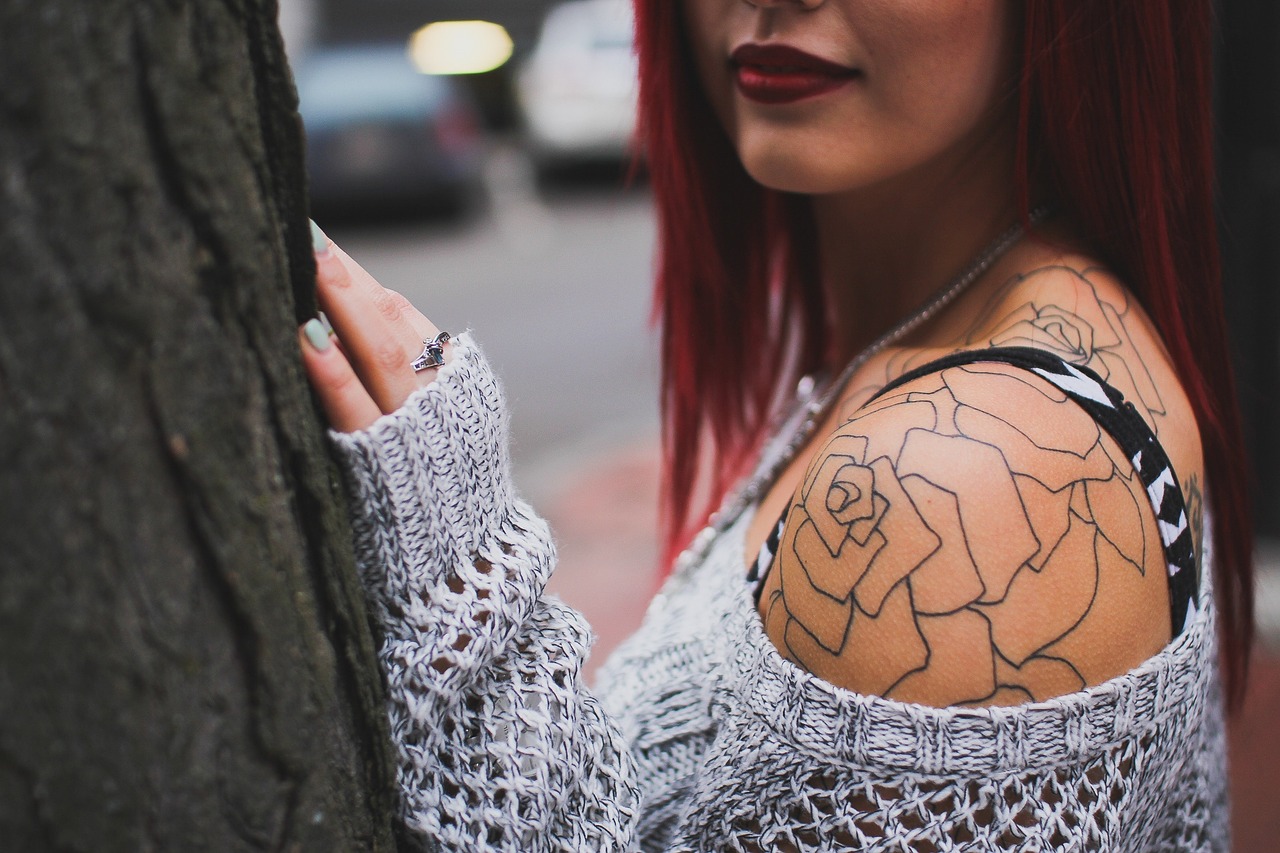Removing a Tattoo
Getting a tattoo removed might be an intolerable procedure on your skin, but taking care of it doesn’t have to be. Although it’s not a difficult process, adequate aftercare requires diligence and preparation. Expert SkinDC dermatologists in Arlington, VA can provide safe and proper guidelines on how to take care of your skin post tattoo removal, and ensure recovery happens as quickly as possible.
Treating Your Skin
You need to treat your skin and regularly clean it to prevent infections. To do this, use soap and warm water to clean off the area and cleanse it with clean water. Always keep the skin dry because if it gets too wet, it might get an infection. If the area feels inflamed while cleaning it, as it often does, keep it cool using an ice pack wrapped in a cloth. Be careful that the ice does not touch the area directly. Minimize the amount of contact between the skin and the outside environment by placing a clean dressing loosely over the area. The dressing should also be regularly cleaned and replaced. Wash your hands every time you want to touch the area.
Monitoring Your Skin
Monitor the skin often to check for any signs of damage. Look for any signs of changing color, such as darkening or lightening depending on your skin hue. If you have light skin, the damaged area might appear darker than before, and if you have dark skin, it may appear lighter. This temporary effect happens because the skin pigmentation has been damaged, but as long as you continue to care for your skin, it will be healed. Blisters will also occur after a tattoo removal to create a barrier that guards the skin from infection. They will pop naturally but do not be alarmed if they do. Gently apply antibiotic ointment on them.
If you have neither blisters nor discoloration, scan for scabs or swelling instead. It’s possible that they might form in the place where the tattoo was, and fall off, leaving a pink color on the skin. Swelling should generally reduce in a day or two. Keep the swollen area elevated especially if it’s in the arms or legs. The leg should be raised up and the arm should be elevated above the chest.
Maintain Good Habits
Use every possible measure to ensure that your skin has the best care you can afford. This will help it heal faster. Find a sunscreen with an SPF of 25 and use it on the affected part of the skin as often as possible. Do this consistently for about three months after the tattoo has been removed. If the sun directly burns the area that had a tattoo, it might cause further harm. Additionally, try not to pick scabs and blisters from your skin. They might irritate you but remember they are a natural body reaction to protect the skin and keep the body safe.
If the skin feels itchy, moisturize it often by applying cream such as Vitamin E ointment, and Aquaphor, among others. You can also use over-the-counter medication such as paracetamol to help reduce temporary irritation and offer relief. If in the end your skin gets infected, communicate with your doctor as soon as possible. Some common signs of infection include excessive bleeding, rashes or a yellow/greenish discharge from the formerly tattooed area.
Wahab Ullah Amjad
Recent Posts
- Castor Oil For Better Hair Growth: Is It Myth Or Fact?
- Exploring the Differences Between Sermorelin, Ipamorelin, Ibutamoren, GHRP2, and GHRP6: Understanding Their Role in Human Growth Hormone Regulation
- Unraveling the Mystery: Understanding the Causes and Prognosis of Ventricular Tachycardia Without Apparent Heart Disease
- Understanding Grandparents’ Rights in Oklahoma: Navigating Visitation and Legal Protections
- 10 Reasons to Consider Hypnotherapy for Your Health

